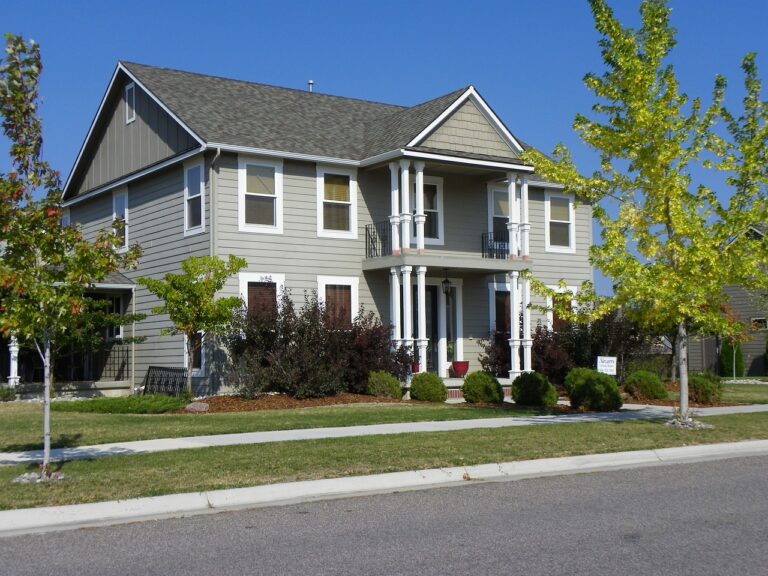Tips for Upgrading to Smart HVAC Systems: Sky247.in login, 11x game login, 99exch
sky247.in login, 11x game login, 99exch: Are you considering upgrading to a smart HVAC system for your home or office? Smart HVAC systems offer many benefits, including increased energy efficiency, improved comfort, and convenient control through your smartphone or voice commands. However, making the switch can be overwhelming if you’re unsure where to start. Here are some tips to help you navigate the process smoothly:
Choosing the Right System
Before upgrading to a smart HVAC system, it’s essential to research and compare different models and brands. Consider factors such as energy efficiency ratings, compatibility with your existing setup, and additional features like zoning capabilities or air quality monitoring. Consulting with a professional HVAC technician can also help you make an informed decision.
Assessing Your Home’s Needs
Take into account the size of your home, insulation quality, and regional climate when selecting a smart HVAC system. A system that is too large or too small for your space can lead to inefficiencies and discomfort. An HVAC professional can conduct a load calculation to determine the appropriate size and type of system for your specific needs.
Budgeting for Installation and Maintenance
Upgrading to a smart HVAC system involves upfront costs for equipment and installation. It’s essential to budget accordingly and consider long-term energy savings and potential rebates or incentives. Additionally, factor in ongoing maintenance costs to ensure optimal performance and longevity of your system.
Exploring Smart Thermostat Options
Smart thermostats are a key component of a smart HVAC system, allowing you to control temperature settings remotely and set schedules for automated comfort. Look for features like geofencing, learning algorithms, and compatibility with voice assistants for a seamless user experience. Popular brands like Nest, Ecobee, and Honeywell offer a range of options to suit different preferences and budgets.
Setting Up Smart Home Integration
If you have other smart home devices like lighting, security cameras, or voice assistants, consider compatibility and integration with your smart HVAC system. Many systems offer connectivity with popular platforms like Google Home or Amazon Alexa, allowing you to create a unified smart home ecosystem for added convenience and automation.
Monitoring and Adjusting Settings
Once your smart HVAC system is installed, take the time to familiarize yourself with its features and settings. Monitor energy usage, indoor air quality, and system performance regularly to identify any issues or opportunities for optimization. Adjust settings as needed to ensure maximum comfort and efficiency.
FAQs
Q: Are smart HVAC systems worth the investment?
A: Smart HVAC systems can provide significant energy savings, increased comfort, and convenient control compared to traditional systems, making them a worthwhile investment for many homeowners and businesses.
Q: Can I install a smart HVAC system myself?
A: While some smart thermostats are designed for DIY installation, it’s recommended to hire a professional HVAC technician for a comprehensive installation of a smart HVAC system to ensure proper setup and performance.
Q: How can I maximize the energy efficiency of my smart HVAC system?
A: To optimize energy efficiency, schedule regular maintenance, update software and firmware, use programmable settings, seal ductwork, and consider additional features like zoning or occupancy sensors.
Q: What is the lifespan of a smart HVAC system?
A: With proper maintenance and care, a smart HVAC system can last anywhere from 15 to 20 years or more, depending on the quality of components and installation.
In conclusion, upgrading to a smart HVAC system offers numerous benefits for energy efficiency, comfort, and convenience. By following these tips and consulting with a professional HVAC technician, you can make a seamless transition to a smarter and more efficient home or office environment.





